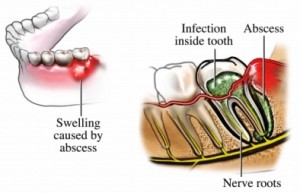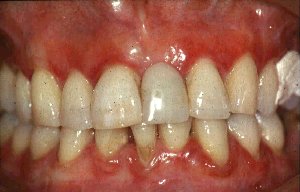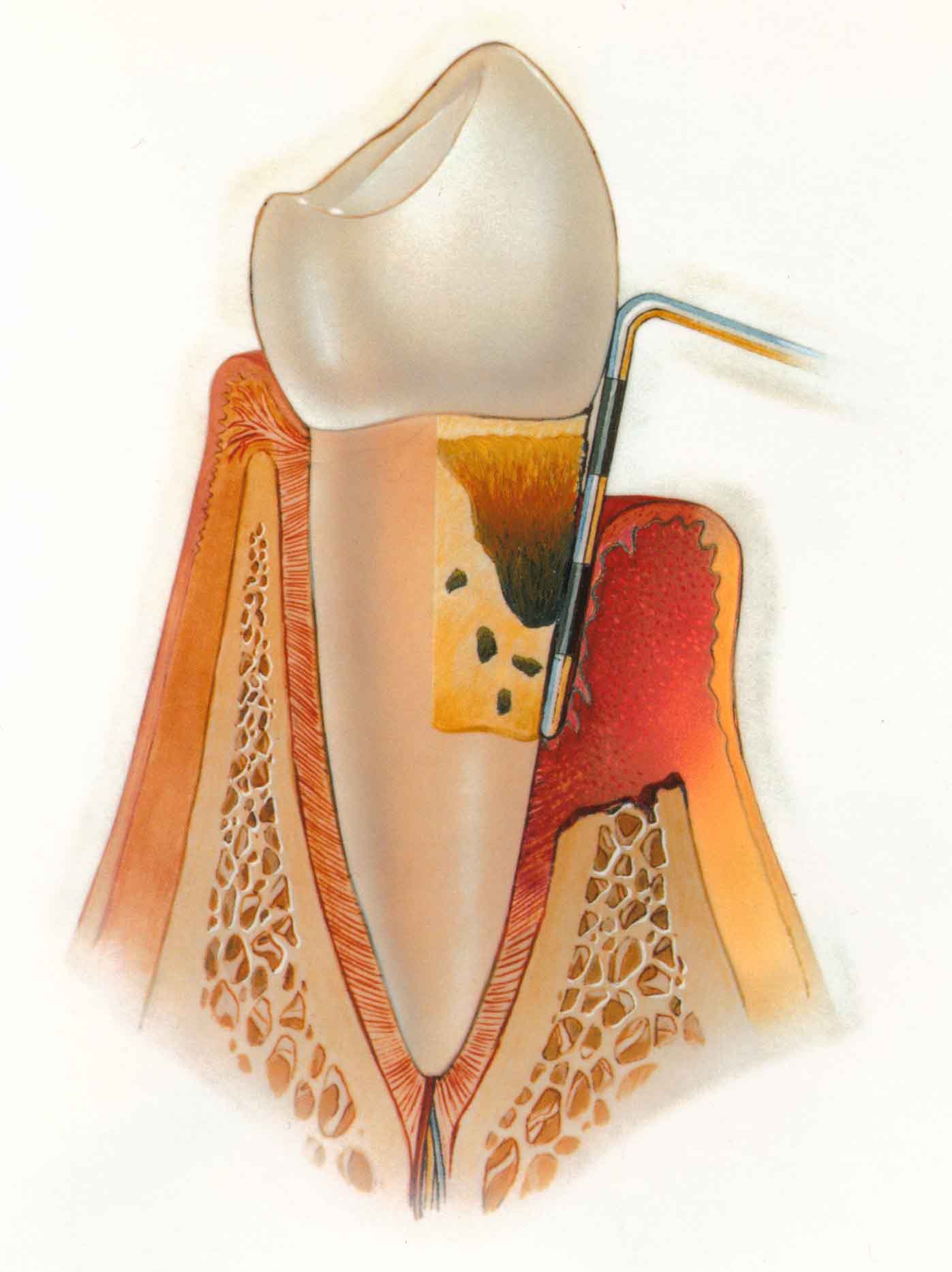 So what is an abscess tooth
So what is an abscess tooth
An abscess tooth is actually termed an odontogenic (tooth) Â infection. A abscess tooth usually starts as a result of a decayed tooth, the decay which contains bacteria slowly eats away at the tooth and breaks down its structure. Soon enough the bacteria will progress deep enough into the nerves and blood vessels of the tooth termed the pulp of the tooth. Once inside it will start to spread like how a normal infection spreads when a gaping open wound is left untreated. The infection will slowly tract inside the pulp chamber of the tooth and cause the pulp of the tooth to die and become abscessed. This abscess tooth or pus will eventually tract and spread to infect the jaw bone. Clinically an abscess is a thick walled cavity pus. It is well localized or confined in the thick wall of the jaw bone or gum tissue.








